As Oscar season kicks into gear, Animation Magazine caught up with some of the talented directors who helped bring the year’s most compelling animated stories and visual achievements to the big screen. Here are their personal takes on their own work and the broad view of today’s animation scene.
***This feature originally appeared in the December ‘19 issue of Animation Magazine (No. 295)***
Chris Buck, Director, Frozen II
On the State of Animation: I think it’s exciting. We all have friends throughout the industry and the animation community is a pretty tight-knit family. And I love that about it. We’re always rooting for the other studios and I get emails from them, too, that say they’re rooting for us. So, I think everybody is pushing each other to create better visuals, better stories. And there’s no real competition, at least in my eyes, with each other. I’m always the first one to send someone an email and say, “You just made an awesome movie.”

Chris Butler, Writer/Director, Missing Link
Fave Scene: I think the scenes I love the most are the ones that delve a little deeper into my own creative process. When I write a screenplay, or when I storyboard or design a character, I always have a little movie playing in my head. It’s that inspirational pipe dream that you’re always trying to match up to. Early on in the process, I worked on a piece of artwork together with Warwick Johnson Cadwell and Trevor Dalmer … just a quiet little moment of Sir Lionel sitting in his study reading a newspaper … but it turned out to be my eureka moment. It was the image that got closest to the movie in my head … there’s an early scene when Sir Lionel is in his study having a conversation with his long-suffering valet, Mr. Lint, and everything about the scene plays like the movie I conjured up in my head so many years earlier. In fact, it plays better! The animation, the costumes and décor, the gorgeous lighting — that scene to me is a sense of “objective achieved.”
On the State of Animation: I first got into the industry at a pretty anemic time. There were features happening, and some exciting developments here and there, but they were intermittent. The only real chance an artist had to work on quality long-form content was to pack your bags and move to L.A. Back then, you were lucky to work on anything. You took what you could get. I think artists now are spoiled for choice. There is so much happening, and what’s happening is growing increasingly diverse. I think there are obvious challenges ahead for theatrical animated features. It’s getting harder and harder to get noticed in a landscape dominated by the big studios, but competition means attainable, quality projects are increasing in number. Streaming has leveled the playing field somewhat, and in that battle to win the viewing public, studios are being pushed to make increasingly daring decisions. It’s there I think… I hope … that we’re seeing the value in an industry that isn’t just aping itself. Just look at what’s happening with Spider-Verse, Love, Death & Robots and Undone (to name but a handful). As an animation professional I’m excited, and as an animation fan I’m even more excited! We’re entering a new era.
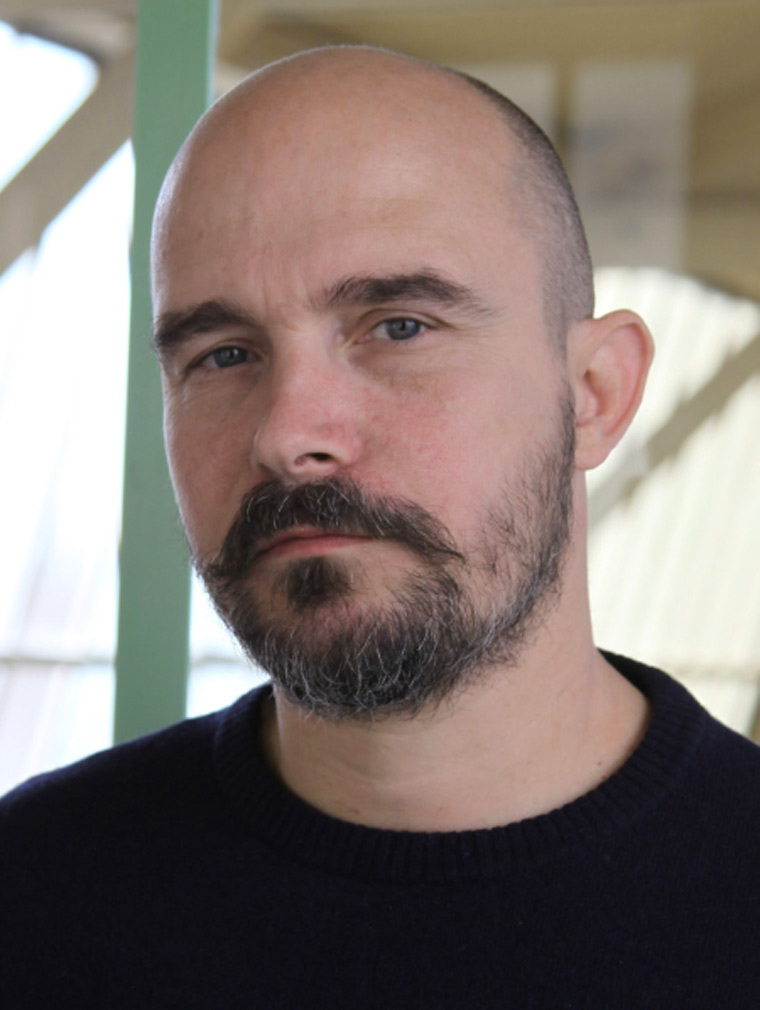
Jérémy Clapin, Director, I Lost My Body
Fave Scene: It’s the seven-minute intercom sequence. This is the part of the movie where our main character falls in love with Gabrielle. We catch Naoufel as a little boy without any prospects for the future. This is the worst night of his life. He has an accident and then he arrives in a big building with an intercom. He doesn’t see her at this point and we only hear her voice. Naoufel used to recall a lot of sounds as a child. He is very keen on sounds. This will reconnect him to his life, and I like the way they are both positioned in this sequence. The girl is on the highest level of this tall, multi-storied building, while Naoufel is very low on the ground level. He is reunited with her through her voice coming through the intercom. This is the scene where these two separate destinies merge into one story.
On Making Animation for Adults: It’s tough to make animated films for adults, especially when the films don’t fall into certain accepted boxes or frameworks. Those films often have to take place in certain settings or deal with certain subjects, notably war. As soon as you try to get out of those contexts you lose legitimacy in certain people’s eyes. They’ll ask why you don’t make it live action instead. As an animator, you have a lot of freedom to explore subjects with greater maturity when making a short, but you make features on a more industrial scale. I wish it were easier to finance projects that could put audiences on edge, and that don’t fit neatly into any one box. The industry has to move forward together. We need more producers and distributors willing to take chances, willing to stop self-censoring. Do all animated films need to appeal to children? No way. Do all images have to be pretty? Maybe not. We have to deal with those questions in order to evolve. And I hope that this film does what it can to push that conversation forward. [Second response, via Variety]
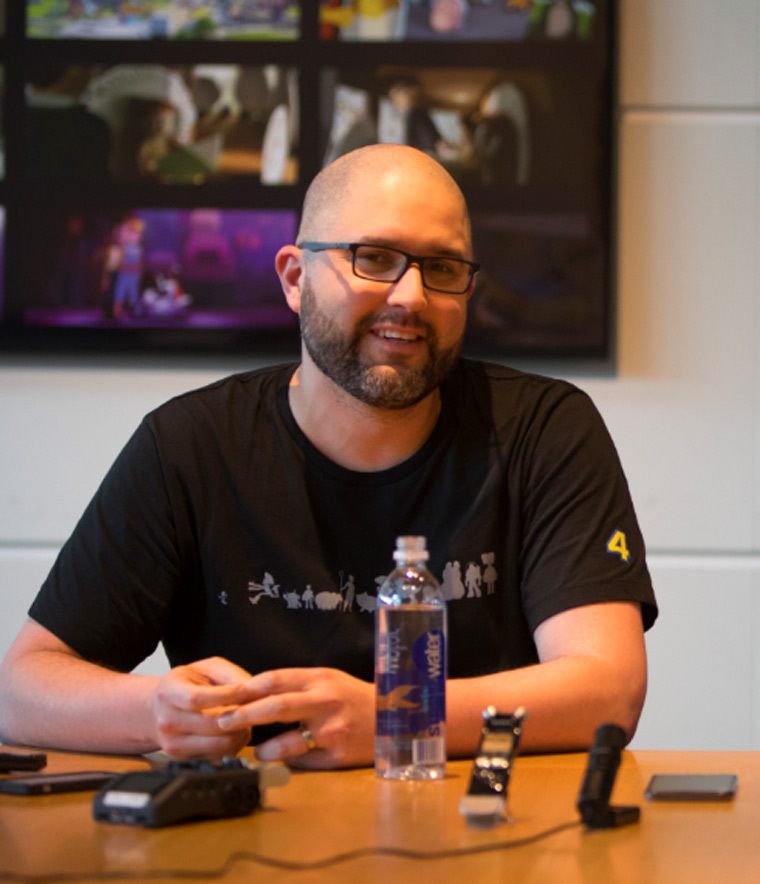
Josh Cooley, Writer/Director, Toy Story 4
Fave Scene: Trying to choose a single scene that I’m the proudest of is like trying to decide which piece of a puzzle is my favorite. Each scene had its individual challenges and rewards, and they each added up to the complete film, so I guess I’m proud of all of them. That being said, the scene that the entire crew put extra attention into, carefully crafting every frame, was the final scene where Woody decides to stay with Bo and says goodbye to Buzz and his friends. Because every scene in the first film, and in the subsequent films, was building to that moment, that final scene had to land perfectly. There’s nothing more rewarding for a director than sitting in the theater with an audience and hearing laughter and sniffles around you. I am very proud of being able to connect emotionally with the audience during that scene.
On the State of Animation: Since I started in the industry, I’ve noticed that in the United States, animation is slowly but surely beginning to be seen as a medium that is not just for children. And I think that’s great. Animation is not a genre, it’s a medium for telling stories… all types of stories. With all the different ways to watch media these days, I’m most excited to see animation taken in a direction we haven’t seen yet, to tell stories that only animation can explore. In order to stand out from everyone else, these different streaming services are going to have to take risks and try something with the medium that is new and exciting. Spider-Verse is an example of a film that did that and stood out to American audiences in a huge way. I love being surprised by animation’s endless possibilities.
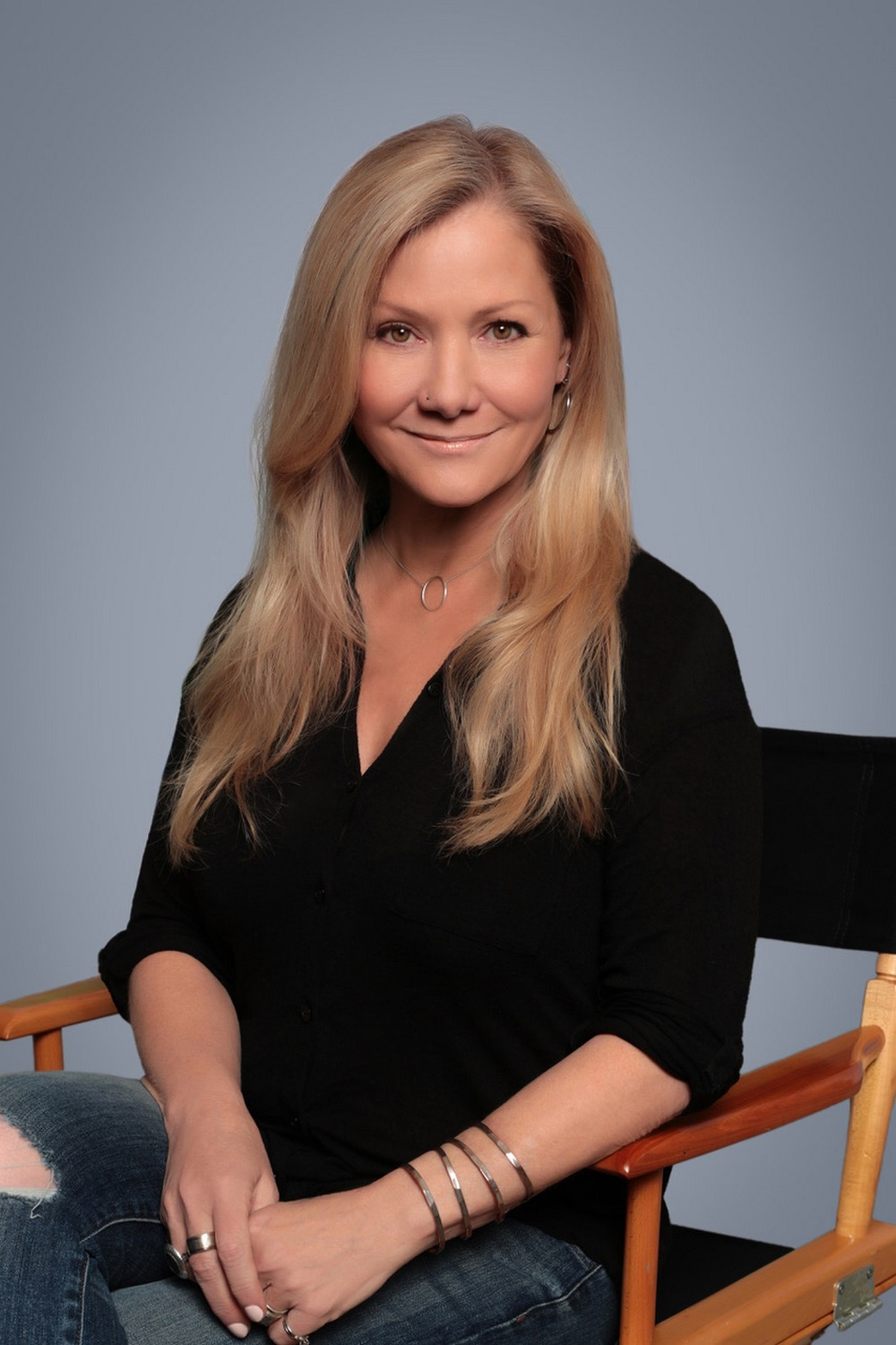
Jill Culton, Writer/Director, Abominable
Fave Scene: It’s so hard to choose! One of my favorites is the bridge sequence. So many departments got to show off their skillset. The animation, effects, production design, lighting, wind, snow, lights in the sky, Everest at his full power? It’s stunning. That sequence took a year to finish, but is a great example of what our talented team accomplished when they worked as one.
On the State of Animation: I feel like the current state of animation is shifting rapidly beneath our feet. With the dawn of streaming platforms such as Netflix, there are many more opportunities for original content. I’ve seen many animators, directors, storyboard artists and production folks leave the bigger studios in search of creative freedom, diversity of style and diversity of storytelling. The pluses? More opportunity means more jobs and more possibilities for all. It also leaves the door wide open for more diverse content. Minuses? It might become increasingly difficult for the bigger studios to hold on to a core group of artists.
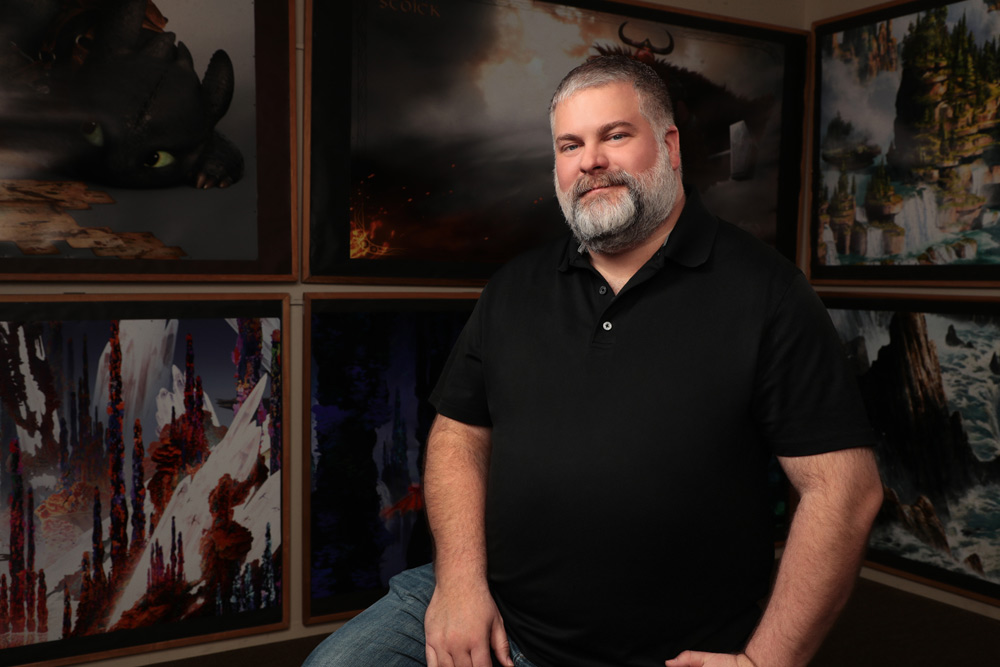
Dean DeBlois, Writer/Director, How to Train Your Dragon: The Hidden World
Fave Scene: I’m personally most proud of the goodbye moment in HTTYD: The Hidden World. It represents the goal of the trilogy — a bittersweet farewell — and the peak of Hiccup’s transformation from self-serving and emotionally needy to wise and selfless. It was always going to be the most difficult moment to land, being that audiences loved Hiccup and Toothless together (and here we were tearing them apart). But their separation was the fruition of a long-held goal, and it speaks to the kinds of movies that I love, in which disparate characters come together for a time, but in the end must parts ways, leaving both sides changed forever by the experience. From E.T. to Harold and Maude and The Fox and the Hound, it’s been a story theme that has always moved me. And I’m glad that we were able to contribute another tale to that profound and indelible tradition.
On the State of Animation: On the plus side, animation has reached a state of technological maturity that allows for just about any visual imaginable to be put on screen. So in that sense, the sky is the limit. It’s very exciting! On the potential downside, it becomes the challenge of the filmmakers to really do something different with that opportunity, and not simply repeat ourselves in terms of style and storytelling. It seems we need to take more risks and present audiences with something they’ve never quite experienced before. I thought Spider-Man: Into the Spider-Verse did a fantastic job of pushing boundaries. Hopefully, we will continue to push ourselves toward fresh and inventive breakthroughs.
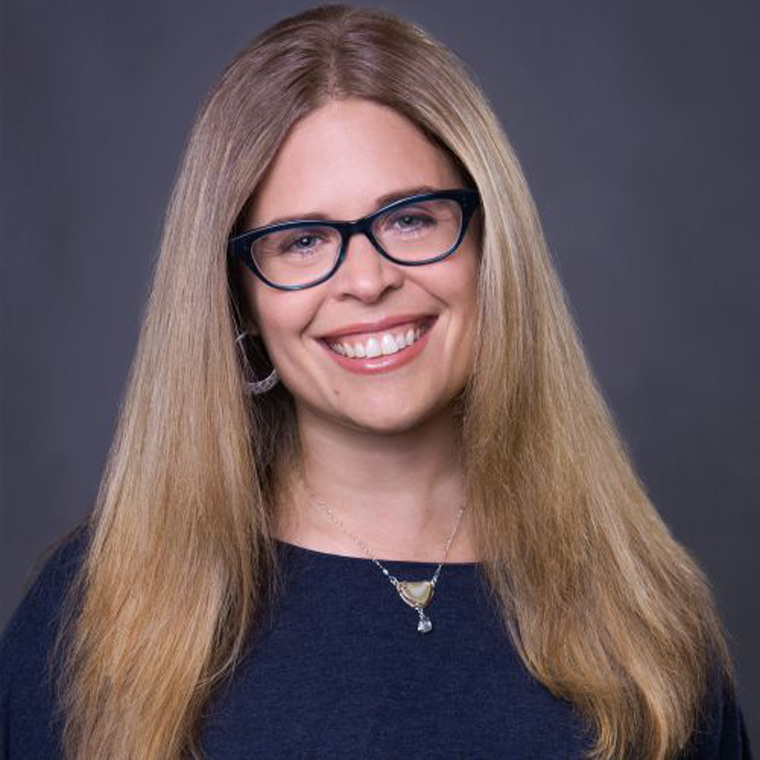
Jennifer Lee, Director, Frozen II
Fave Scene: I’m very proud of the fact that we were daring enough to do the things we did. We can’t get deeper into the story because that will give it away. I’m proud of what both Anna and Elsa are willing to do, their strength of character as they wrestle with some of the hardest choices for themselves and each other. I think that concept is what I’m most proud of.
On the State of Animation: What I love is the artistry of what animation is. I think, for me, it’s the purest of cinematic artforms, because everything is built from imagination. It’s purely built from nothing to a fully realized, believable world, and striving for full immersion into our imagination. And it reflects the filmmakers. We’re working with a lot of fantastic new artists who are up and coming, and the beauty and elegance of what they’re doing is incredible. So, the artistry is being celebrated a lot more and we’re seeing how it was in Walt Disney’s time, that it’s animation for all ages, versus just seeing it as a kid’s thing. That’s allowing us to push ourselves. For me, I feel like this is a time where, because technology is letting us open up as much as we want, it’s imagination taking over again. There aren’t those limitations in the past. I’m just so excited to see creatively where it’s going to go.
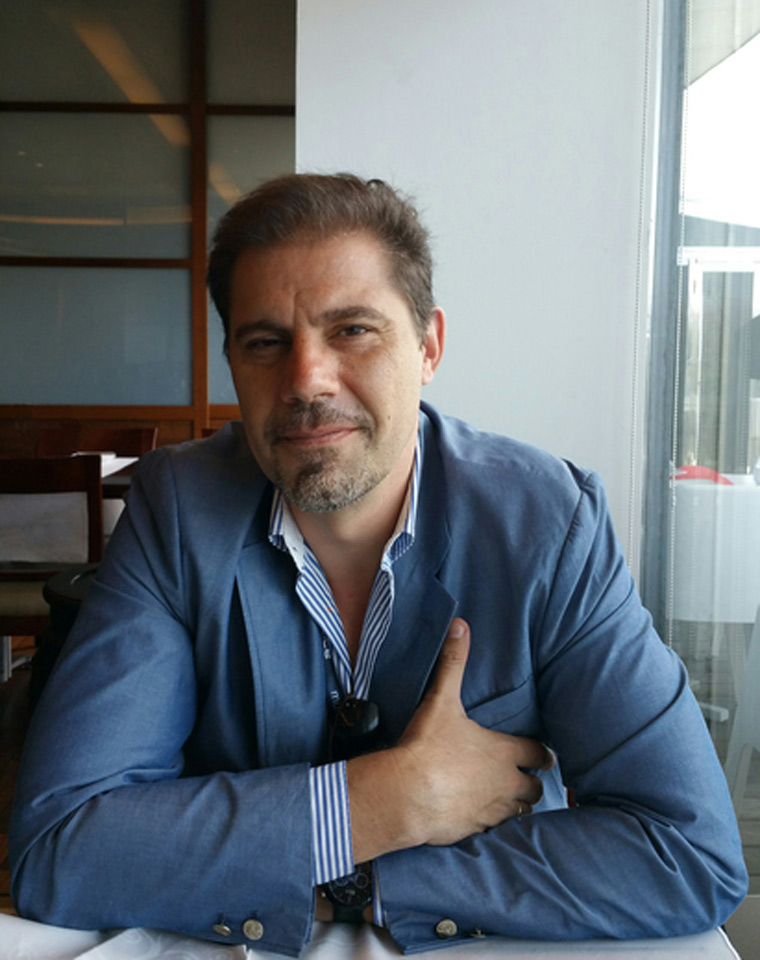
Sergio Pablos, Writer/Director, Klaus
On Creating a 2D Look in a CG World: It’s interesting to see where traditional animation would be today if CGI hadn’t been invented. That’s the look we wanted to achieve in the movie. The aesthetic is something that a few years ago would have been considered impossible. We are picking up traditional animation where it was left off, which was sometime in the ’90s. I thought, “What can we do to the traditional animation pipeline where you can tell that characters look like stickers put on painted backgrounds?” We didn’t want it to look like that. I always felt like traditional animation should keep evolving, they should keep being pushed forward. So the aesthetic comes from, like, what can we do, you know, to the traditional animation pipeline by incorporating today’s tools and ingenuity and creativity, and make it look different. Incorporating complex lighting was very clearly a step forward that couldn’t be done before, but there’s advances in technology and there’s a different way of thinking that allowed us to do that. For the first time, you have a traditionally-made film where the character in the background looked like they’re exactly from the same world.
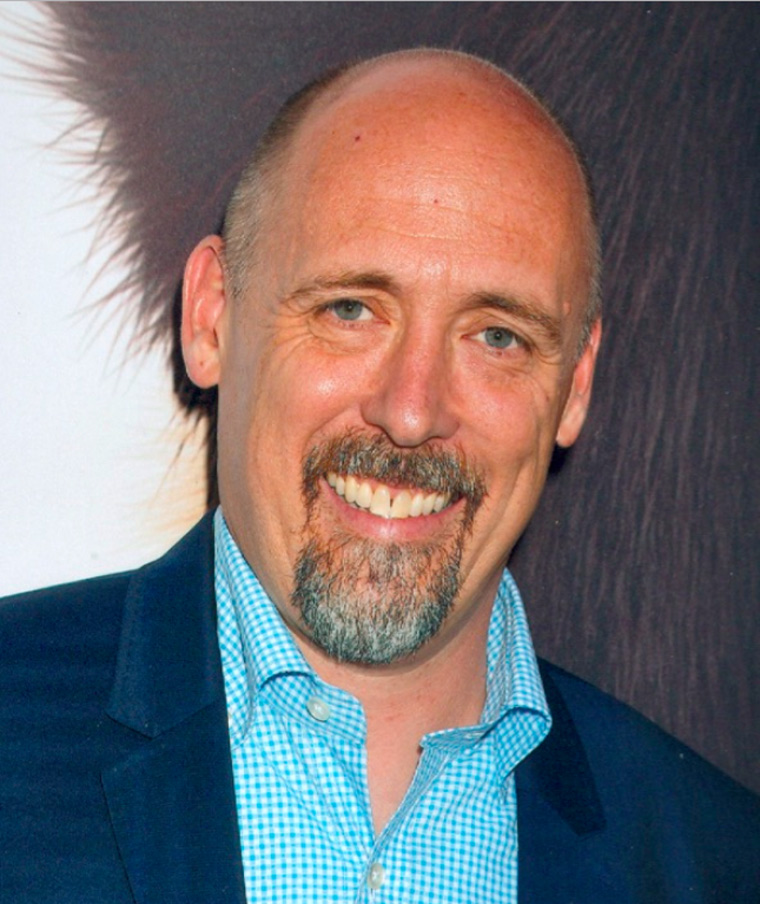
Chris Renaud, Director, The Secret Life of Pets 2
Fave Scene: My favorite sequence is the ending. The whole movie is really a metaphor for modern parenting, and I think this scene captured the genuine emotion of what parents go through as they recognize they can’t control or safeguard every aspect of their children’s lives.
On the State of Animation: In reality, every movie made right now seems to be an “all audience four quadrant” family film. This used to be where animated films were unique. However, those days have passed since most parents are happy bringing their young children to the latest superhero movie, science-fiction fantasy or animated reboot. In my view, we have to strive to retain our distinction through unique visual stylization and strong comedy that can only be achieved through broader character animation.


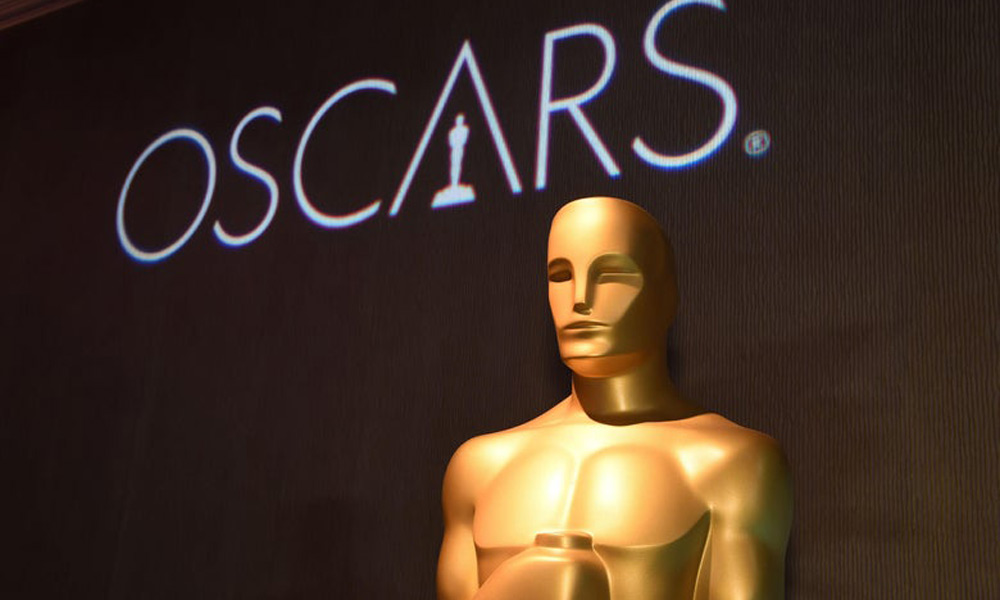

 Win a Funko X Lilo & Stitch Prize Pack!
Win a Funko X Lilo & Stitch Prize Pack! 
